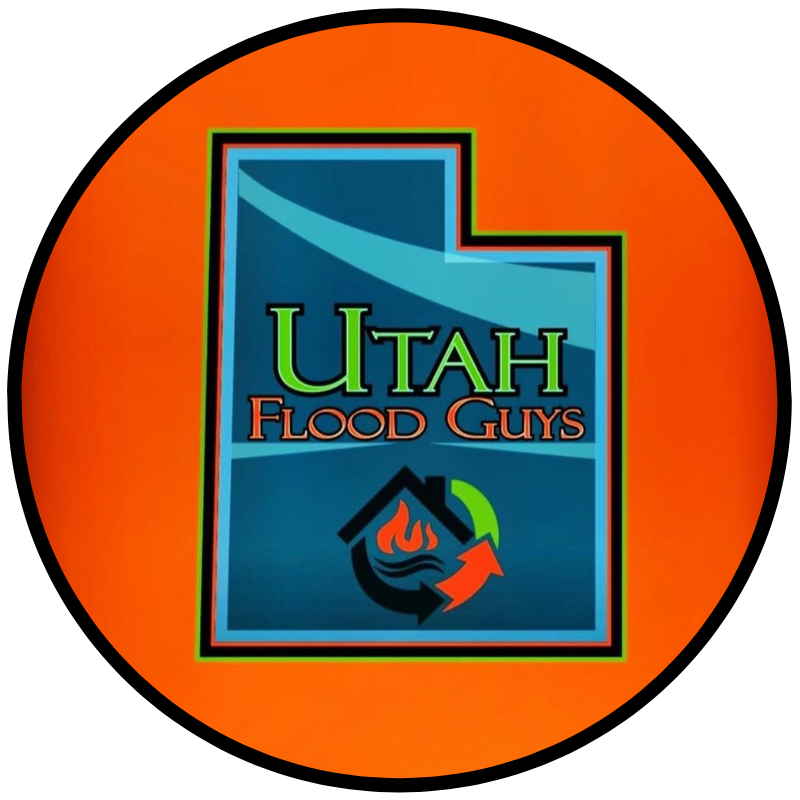How to Maintain Air Quality During and After Mold Removal

Welcome back, readers! Today, we're going to talk about a topic that's crucial for your health and safety: maintaining air quality during and after mold removal. Mold is a common issue in homes and commercial buildings, and it can have serious consequences if not properly addressed. At Utah Flood Guys, we understand the importance of clean air and the steps needed to ensure it remains that way throughout the mold removal process and beyond.
Mold removal is a tedious and challenging task, but it's essential to protect your property and your health. When mold is disturbed during the removal process, it can release spores into the air, which can then spread to other areas of your home or business. This is why it's crucial to take preventive measures to maintain air quality during and after mold removal.
Let's dive into some practical tips on how you can ensure clean air throughout the mold removal process:
1. Seal off the affected area
Before starting the mold removal process, it's important to seal off the affected area to prevent spores from spreading to other parts of the building. Use plastic sheeting and duct tape to create a barrier around the area being treated.
2. Use proper protective gear
Mold spores can be harmful when inhaled, so it's essential to use the right protective gear during the removal process. Wear a mask, gloves, goggles, and protective clothing to minimize your exposure to mold spores.
3. Ventilate the area
Proper ventilation is key to maintaining air quality during mold removal. Open windows and doors to allow fresh air to circulate through the space. Consider using fans and dehumidifiers to help dry out the area and prevent mold regrowth.
4. Use HEPA filters
High-efficiency particulate air (HEPA) filters are excellent at capturing mold spores and other airborne particles. Use HEPA filters in air purifiers and HVAC systems to improve air quality during and after mold removal.
5. Clean and disinfect surfaces
After removing the mold, thoroughly clean and disinfect all surfaces in the affected area. Use cleaning solutions recommended for mold removal, and be sure to dry the area completely to prevent mold from returning.
Now that you've successfully completed the mold removal process, it's crucial to continue maintaining air quality to prevent mold from coming back. Here are some tips for ongoing air quality maintenance:
1. Monitor humidity levels
Mold thrives in damp environments, so it's essential to keep humidity levels in check. Use a hygrometer to monitor humidity levels and keep them below 60% to prevent mold growth.
2. Fix any leaks
Water damage is a common cause of mold growth, so it's crucial to address any leaks or water damage promptly. Repair leaky pipes, roofs, and windows to prevent moisture buildup and mold growth.
3. Regularly clean and inspect
Regular cleaning and inspection of your property can help detect mold growth early and prevent it from spreading. Pay attention to areas prone to moisture, such as bathrooms, kitchens, and basements.
4. Schedule regular air duct cleaning
Air ducts can harbor mold spores and other allergens, so it's essential to schedule regular duct cleaning to maintain clean air quality in your home or business.
By following these tips, you can maintain air quality during and after mold removal and ensure a healthy environment for you, your family, or your employees. Remember, Utah Flood Guys is here to help with all your restoration needs, including water damage, mold removal, and fire damage. Stay safe and breathe easy!
You might also like
Utah Flood Guys Blog



